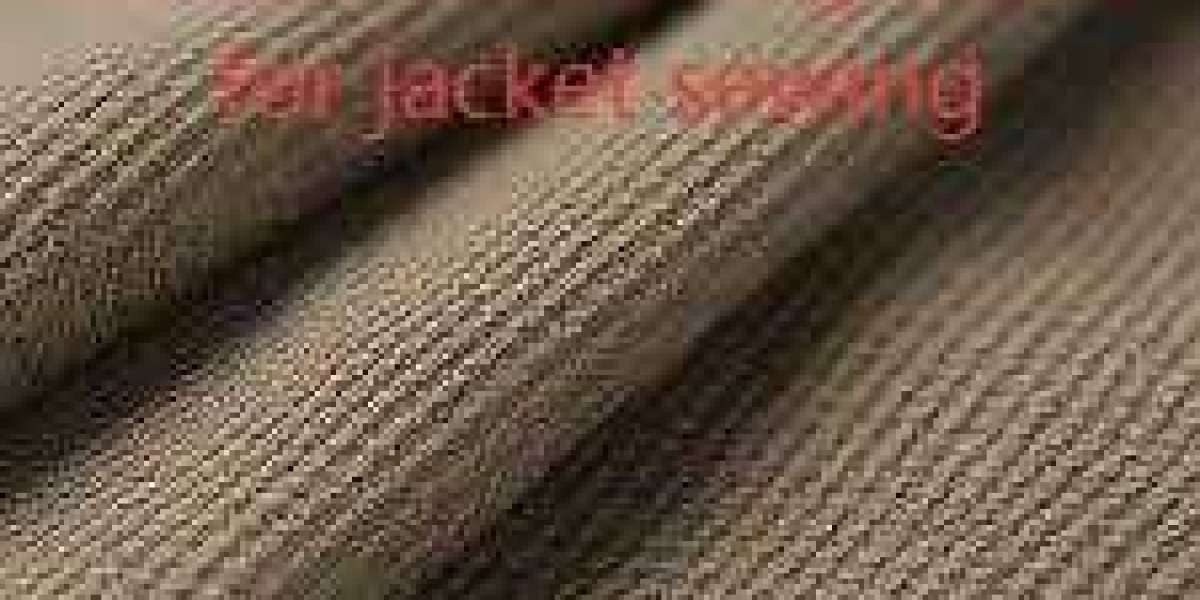The hidden layer inside many garments plays an outsized role in how clothing looks and performs. The Interlining layer often sits quietly between outer fabric and lining, and the Interlining choice influences drape, stability, and wearer comfort in subtle but decisive ways. This piece explores the practical functions of that internal support, the manufacturing choices that determine its behavior, and how designers and producers use it to balance aesthetics, durability, and sustainability.
Understanding Structural Support in Apparel
Every tailored piece or structured garment depends on an internal support system to retain shape and resist distortion. That support controls collar roll, lapel snap, cuff stiffness, and neckline stability. Depending on the intended silhouette, producers select between lighter support for soft, flowing garments and heavier constructions for formal outerwear. The right internal layer preserves the designer’s vision while allowing movement and wear over time without quick loss of form.
Selecting Materials for Performance and Comfort
Material selection determines both feel and function. Non-woven supports provide uniform thickness and quick adhesion when fused; woven varieties can offer directional strength and natural give; knitted support can move with fabrics while adding subtle reinforcement. Breathability and hand are critical: a stiff internal layer that traps heat or adds scratchiness reduces wearer comfort. Modern choices aim to blend support with air permeability and minimal added bulk, improving the overall garment experience.
Manufacturing Techniques That Matter
Production methods influence consistency and longevity. Thermal bonding allows rapid application in mass production, while sewing-in approaches permit selective placement and easier repair or replacement. Precision in cutting, adhesive application, and heat settings ensures that the internal layer meets specifications without puckering or delamination. Quality control during these steps reduces wasteful rejects and preserves the intended drape and silhouette across production runs.
Design Strategies for Different Garment Categories
Designers adapt internal support strategies to the garment’s purpose. Casual tops and dresses typically use lighter, flexible support to preserve movement and a relaxed appearance. Tailored suits and coats require more robust reinforcement in fronts and collars to maintain sharp lines and a confident fit. Sportswear benefits from elastic supports that follow motion, while home textiles may require robust backing to enhance durability and reduce sagging. Thoughtful placement and graded support—where thickness varies across the piece—deliver functional precision without unnecessary weight.
Longevity, Care, and Consumer Expectations
The internal layer’s behavior under washing and wear affects both longevity and the consumer’s perception of quality. Durable supports retain shape through repeated laundering; poor choices can lead to misshapen collars or bubbled seams. Care instructions should reflect the construction: dry-clean only items need different supports than machine-washable garments. Transparent labeling about fabric composition and care helps consumers maintain garment performance and reduces premature disposal.
Sustainability and Material Innovation
Environmental concerns are changing material choices. Recyclable fibers, bio-based adhesives, and lower-energy production techniques reduce the environmental footprint of support fabrics. Designers increasingly seek solutions that deliver performance while aligning with circular-economy goals. Innovations include biodegradable options for short-life garments and robust recyclable constructions for high-value pieces, allowing better end-of-life outcomes without sacrificing function.
Collaboration Between Designers and Producers
Close cooperation between the creative and technical teams yields the best outcomes. Designers who specify desired drape and silhouette benefit when producers advise on practical material options and application methods. Sampling phases that test different support configurations avoid costly redesigns later in the production process. Ongoing dialogue helps translate aesthetic intent into wearable, manufacturable garments that meet both stylistic and practical requirements.
Practical Advice for Small-Scale Makers
Smaller studios and independent makers should prioritize reliable suppliers, test small batches, and document settings that work for their combinations of fabric and support. Invest in a few well-chosen support types rather than many marginal options; standardization eases inventory and ensures repeatable results. Basic testing—wash cycles, fold tests, and wearer trials—reveals weaknesses that aren’t obvious in initial samples and prevents customer dissatisfaction.
Conclusion and Further Reading
The invisible layer within constructed garments determines much of what we experience when we wear them: fit, comfort, and durability. By combining informed material selection, precise manufacturing, and collaborative design, producers can deliver garments that respect both aesthetic goals and practical needs. For a deeper look at materials, types, and applications, visit https://www.interlining-factory.com/news/what-is-interlining-types-applications-and-more.html








